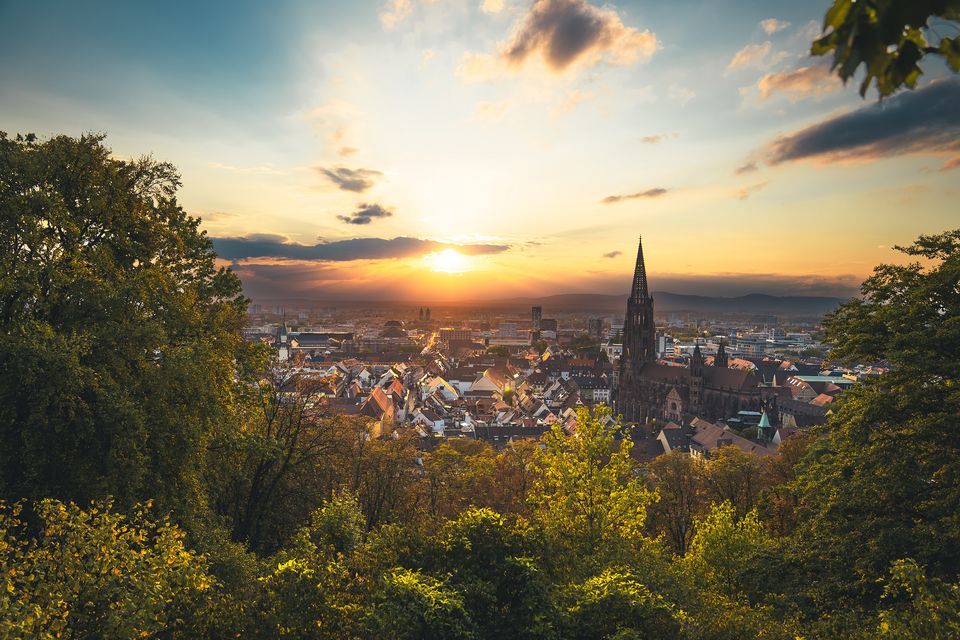Onwards to Switzerland: Basel, city of culture
From Colmar it’s just a short trip south across the Swiss border to Basel. With a population of around 175,000, Basel is Switzerland’s third largest city, and widely regarded as the country’s cultural capital on account of its many museums and rich cultural offerings. Perhaps chief among these is the Fondation Beyeler museum of modern and contemporary art, with its ever-changing line-up of world-class special exhibitions. It’s worth a visit for the building alone, which was designed by the noted Italian architect Renzo Piano. And if that’s not enough culture for you, there’s also the Museum of Cultures Basel and Antikenmuseum Basel (museum of antiquities) – or you could go on a tour of the city and take in the many public art installations.
In terms of sightseeing, there’s Basel Cathedral and its “Pfalz” viewing terrace, the town hall, and the Mittlere Brücke (Middle Bridge), which offers spectacular views of the city and the Rhine. And if modern architecture is your thing, you absolutely must see the Roche Towers. The 50-storey Roche Tower 2 is one of the most energy-efficient office buildings in the world.
Basel also offers plenty of nightlife, with no end of bistros, restaurants, bars and clubs to choose from in the historic old part of the city.
So, there you have it. You’d be mad not to give this enchanting part of the planet a visit. The Black Forest region has so much to offer – you’re sure to find what you’re looking for, whether it’s nature, culture, or nightlife. What’s more, a trip to the surrounding tri-border region will reward you with something you’d be hard pushed to find anywhere else in Germany: the chance to discover a whole lot of Europe in the space of a long weekend, and without paying an absolute fortune.
Happy travels!
